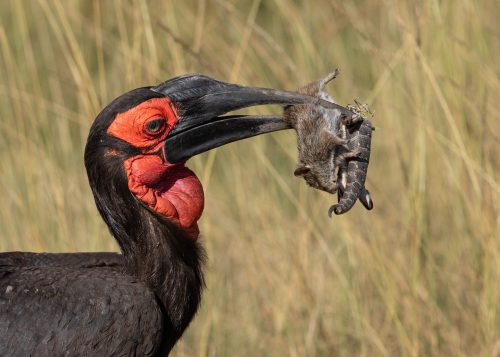
Dare I say it, but is seems as if the rain has abated. Well, for the moment at least. Daily temperatures are rising, the skies are clearing, and the grass is quickly transforming before our very eyes - from verdant green into a gorgeous gold.
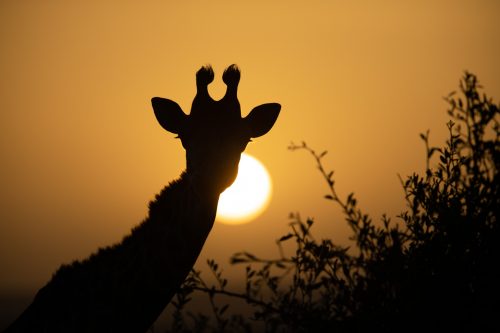
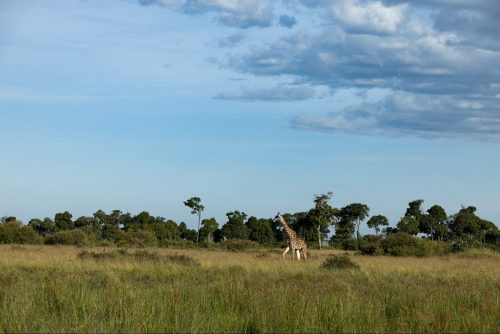
The longer grass forces oneself to think out of the box. As I wrote in a blog story earlier this week, this is a time of year when the Mara landscape literally glistens with beauty.


It also forces guides to drive a little slower, to look a little more carefully, and in doing so we often find ourselves appreciating the smaller animals and the subtle stories taking place within the reserve.

I frequently write about what is required to photograph an ecosystem week in and week out, to use local knowledge and experience to predict animal movements and behaviour, but to constantly use fresh eyes in the process. I strive to do justice to the Mara in my imagery and use each of these blogs as a blank canvas to convey new stories and fresh insights.
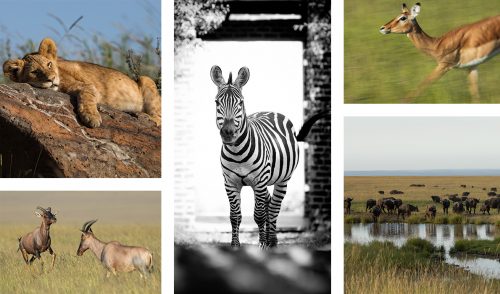
Topi are at the height of excitement right now. The males are busily establishing short-lived territories, attempting to gather females together into a harem. Soon, it will be time to mate so come late October the females all give birth en masse. At camp we have a small group of zebra that have become permanent residents. We call them ‘non-paying guests’ and we love them dearly. Above, one poses for me at the entrance to the swimming pool.

I watched a clan of 15 hyenas continually harass this specific group of buffalo. They were attempting to separate the various new born calves from their protective mothers. We believe that as much as 95% of all hyena meals come from their own hunts, and not from scavenging, as is often erroneously believed.

The Egyptian Pride continue to ‘camp-out’ at Egyptian Dam. The seven cubs are growing up fast and we are all excited at the mouth-watering prospects for this family of lions.
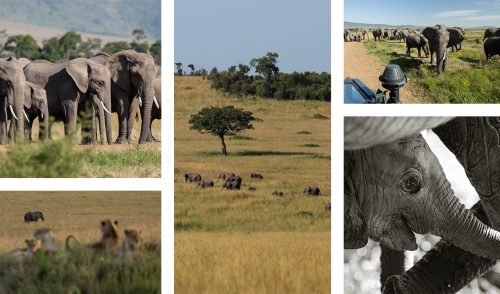
One of the jewels of the Mara Triangle is its elephant population. Not only are there elephants just about everywhere you look, but they are generally very relaxed, allowing for peaceful, gentle viewing.
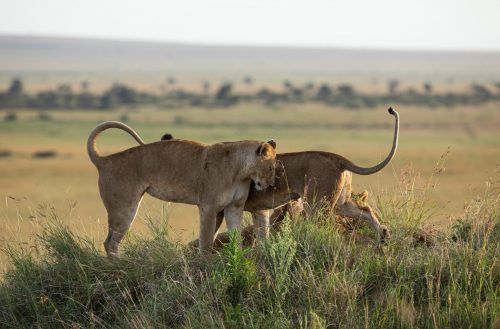

The Mara beats to its own rhythm. We are merely spectators, but dig a little bit deeper, invest the hours, and you will be richly rewarded.
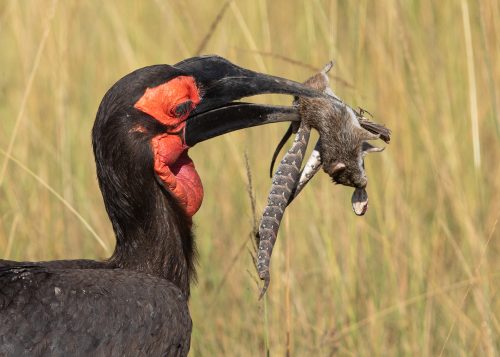
The sighting of the week, for me, was of this male southern ground hornbill, walking alongside the road. In his bill he had not just one, but two, small puff adders, a rat and a grasshopper! We know that his nest is located in a large tree not too far away, and inside that nest is his flightless mate, and his nearly fledged single chick. What a remarkable father. We can't wait to see more from this lovely little family.
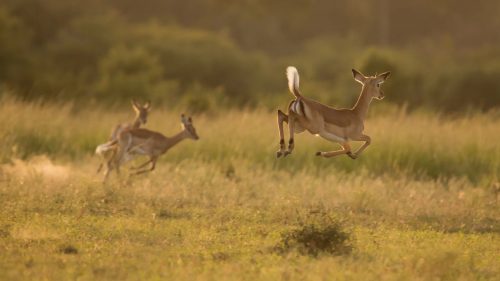
Two years ago, dancing impala took centre stage of the weekly blog. The morning light at the moment is sheer photographic gold. The rather late sunrise allows you to be quite far into the reserve by the time it starts getting light. It is during these moments that things regularly fall into place.
If you spotted the birding question, the answer is ... Helmeted guineafowl chicks. Ten points are yours and a very happy weekend to all.
Filed under: This Week at Angama
Subscribe for Weekly Stories
Comments (0):

Out of Africa